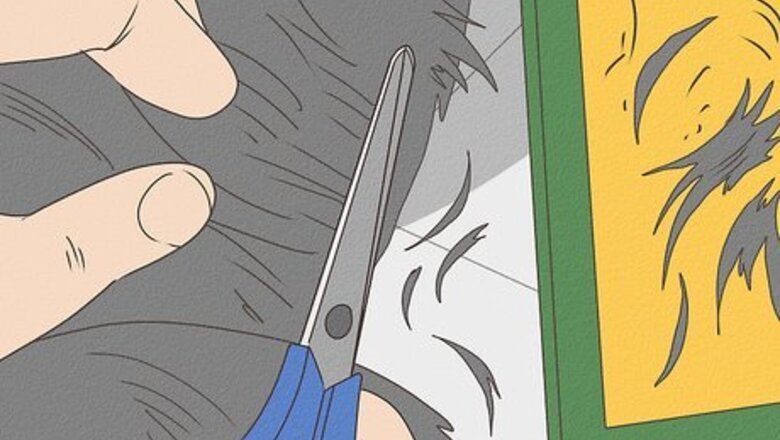
views
Removing the Glue
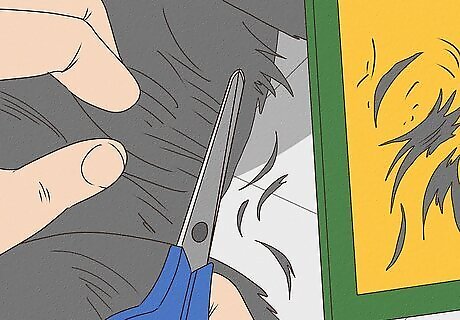
Cut your cat free from the trap. If your cat is still stuck to the trap, use scissors to cut off the hair stuck to the trap. Only cut the hair that is stuck to the trap. Be careful not to cut too close to your cat’s skin. If the trap is too close to your cat’s skin, then take your cat to the veterinarian to have the trap and glue removed.

Wrap a towel around your cat. Pick up your cat and place it on your lap or a level area such as a table or bed. Some mousetrap glues have toxins that may be poisonous to cats. A towel will prevent your cat from licking the affected area and becoming accidentally poisoned.
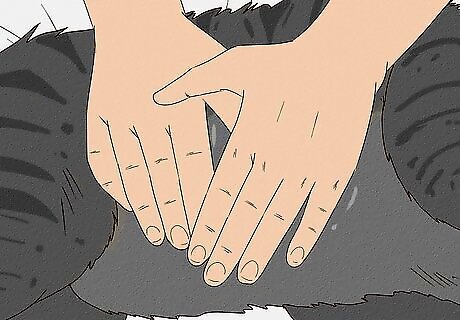
Apply a dime-sized amount of cooking oil to the affected area. You can use vegetable, canola, olive, sunflower, or corn oil to remove the glue. Use your fingers to massage the oil into your cat’s fur. Make sure the glue is completely covered with oil. Alternatively, massage peanut butter into your cat’s fur to remove the glue. Avoid using eucalyptus, tea tree, or citrus oil to remove the glue since these are toxic to cats. Also avoid using solvents such as paint thinner or acetone to remove the glue from your cat’s fur.
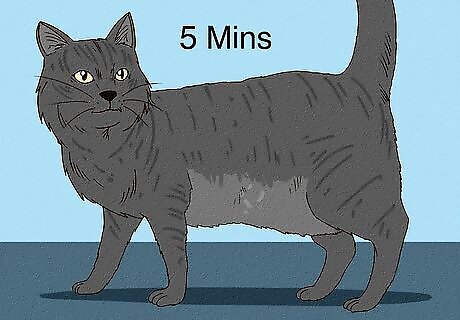
Let the oil set for five minutes. The oil will soften the glue as it sets. The longer you let the oil set, the easier it will be to remove the glue.
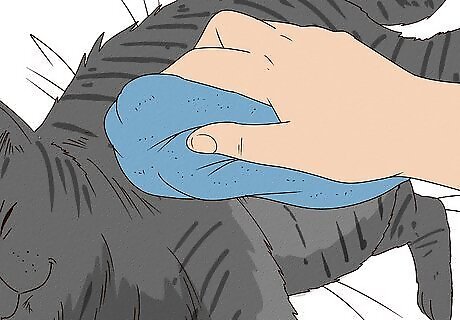
Use a clean, dry cloth to wipe the glue away. Gently wipe the affected area with the cloth. Wipe until all of the glue is removed. If glue still remains on your cat’s fur, then repeat steps three through five until the glue is totally removed.
Cleaning Your Cat’s Fur
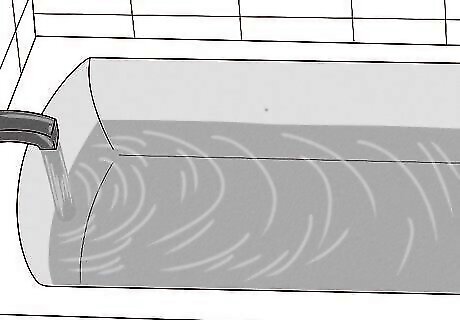
Fill your bathtub with 3 to 4 inches (7.6 to 10.2 cm) of lukewarm water. Run the bathtub water on your wrist. If the water feels slightly warmer than your body temperature, but not too hot, then it is lukewarm. Lukewarm water is typically 95 to 100 °F (35 to 38 °C). Alternatively, use the sink to bathe your cat.
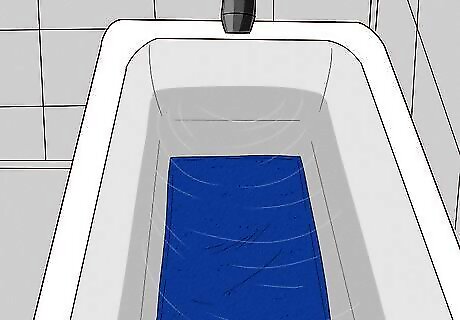
Place a towel on the bottom of the tub. The towel will prevent your cat from slipping in the bathtub. Alternatively, use a bath mat.
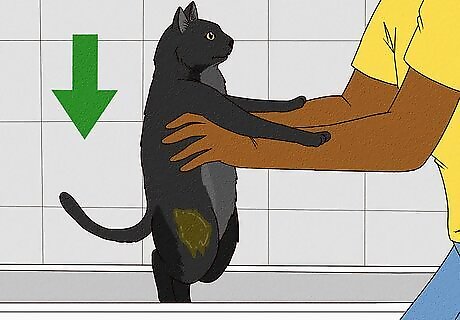
Use both hands to place your cat in the bathtub. Hold your cat firmly but gently as you place it in the tub. If your cat becomes anxious, remain calm. Talk to your cat in a soothing voice and pet it to calm it down.
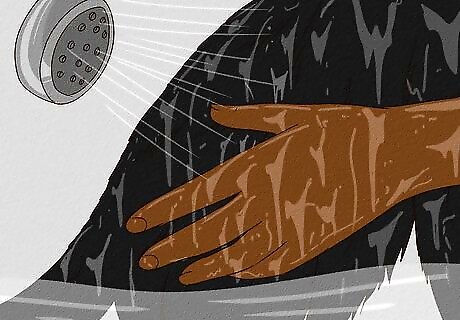
Use a cup to pour water over the affected area. Wet the affected area thoroughly with water. You can also use a handheld shower spray to wet the affected area. Avoid getting water in your cat’s eyes, ears, and nose.
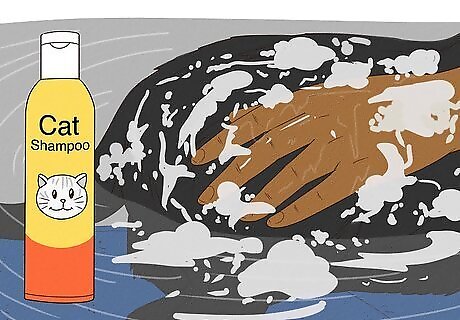
Apply a dime-sized amount of shampoo to the affected area. Gently rub the shampoo into your cat’s fur until a thick lather forms. Wash the area until all of the oil is removed. Avoid using human shampoo to bathe your cat. Use shampoo specifically designed for cats. Also avoid using insecticide shampoo to bathe your cat, since the insecticide may react with the mousetrap glue.
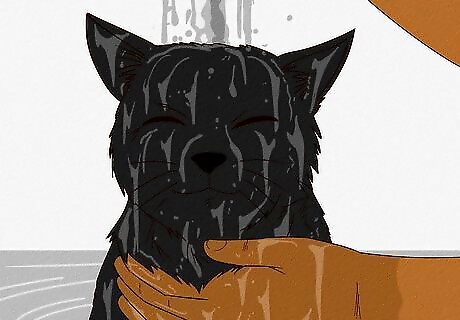
Rinse the affected area with lukewarm water. Use a cup to pour lukewarm water over the soapy area. Rinse your cat’s fur until all of the soap is removed. Make sure all of the soap is gone before removing your cat from the tub.

Remove your cat from the tub and wrap a towel around it. Use a clean, dry towel. Gently rub the wet area with the towel to dry it. Place your cat in a warm room or near a heat source, like a sunny window or a space heater, to dry off completely. Reward your cat with a treat and praise for good behavior. If your cat has long hair, you may want to comb its hair with a wide-toothed comb as well.


















Comments
0 comment